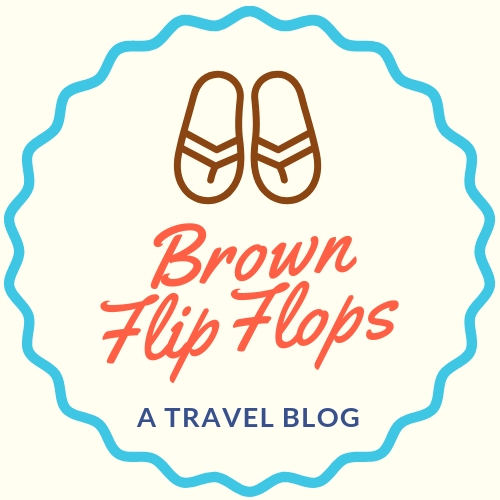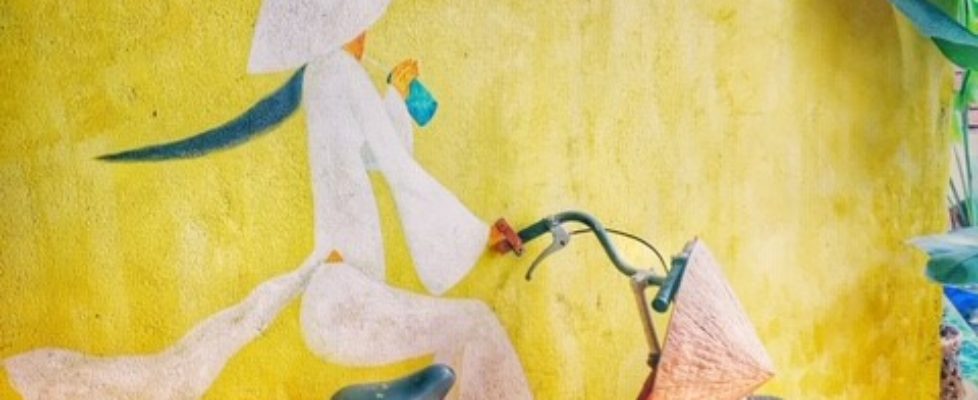Ho Chi Minh City (HCMC), Vietnam: Top 8 Things to Do and More
After about two weeks in the rainy north of Vietnam, we were desperate for some Vitamin D so we escaped to the south. When visiting Vietnam, it’s best to visit the south from January to August when it is the dry season. The rainy season in the north runs from March to November and it can be pretty chilly in December and January so we plan to go up to Hanoi and the surrounding area in February with the hope that temps will rise just a bit.
Our first stop was Ho Chi Minh City (HCMC), otherwise known as Saigon. Saigon became Ho Chi Minh City with the victory of North Vietnam’s Communist government on July 2, 1976. This date heralded the end of the revolution and the official division between the communist north and the commonly termed “puppet” government of the south, which was theoretically a democratic republic, and in practice a corrupt and unpopular government.
The only way I can readily describe Ho Chi Minh City is it is like New York City on steroids, but much dirtier and crowded with scooters (or a Bangkok on steroids if you have been there). There were more scooters on the road than I had ever seen in my life and yet they moved so effortlessly through traffic and around one another. It was my impression that pedestrian traffic is the exception and not the rule because there really was nowhere to walk. The sidewalks either served as a parking lot for scooters or an additional lane. We made a joke out of guessing whether any path of concrete next to the road was actually a sidewalk. Also, good luck trying to cross the street. Mike and I realized that you just have to walk out into the street with conspicuous confidence and they’ll navigate around you. I had one eye open each time we did this. Despite the chaos we did not witness one accident, although Mike was literally “flat tired” on the back of his sandals twice when walking down Bui Vien – scooters would trail you that closely.
We stayed in HCMC for 3 nights, which was the right amount of time because the pollution and dirt were oppressive along with the chaotic pace. Side note – during the Vietnam War, 80% of the people living in surrounding rural areas moved to HCMC because of the sudden economic prosperity brought by the Americans during the Vietnam War. It is still the case that the Vietnamese people go to HCMC in search of good jobs and pay – we heard this from a local in Can Tho, a city in the Mekong Delta. The city has 8.6 million people, just a little more than Bangkok!
Getting There
We took a flight from Da Nang to Ho Chi Minh City. Because we booked a flight only two days in advance (again, we were desperate to leave the rain and cold), so we paid a bit more. We flew one of Vietnam’s budget airlines, VietJet Air, for $168 total.
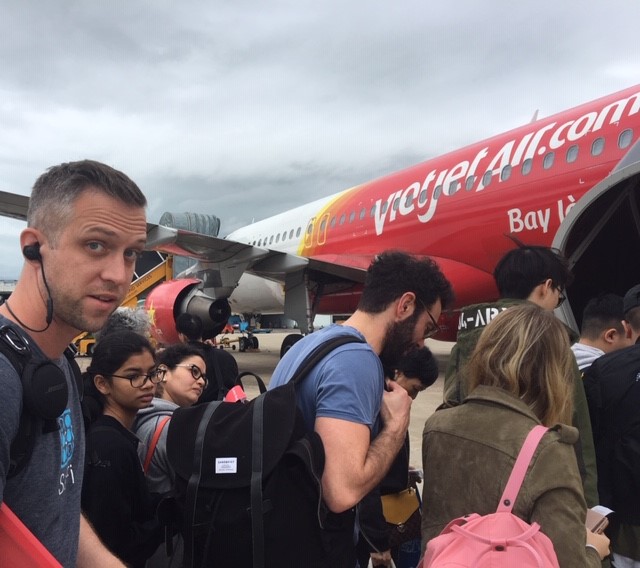
Once we arrived in HCMC, we took a Grab for only 92,000 VND ($3.76) from the airport to District 1 where our hostel was. Grab is the Uber for Thailand and Vietnam and is usually cheaper than a metered taxi. By the way, HCMC is broken into 19 districts and District 1 is the central business district and main party area.
Accommodations
We stayed at WillHome Hostel for 3 nights at a rate of $19.68 a night with breakfast. We used Booking.com to make the reservation. The staff were very transactional – the hostel didn’t have the welcoming, social vibe we were hoping for, unfortunately. Otherwise, the room was clean (aside from a small ant infestation) with a 180-degree view of the city. It was also very close to the main party street known as Bui Vien, but far enough away so that you could get a good night’s sleep.
We used Booking.com for our accommodation – use our referral link so that you can get a $25 reward! https://www.booking.com/s/43_8/roxyba87
Top 8 Things to Do in Ho Chi Minh City
Many of the points of interest are located in District 1, which is where I advise you stay when you visit HCMC. Here are the top spots to go:
1. The War Remnants Museum – was the most interesting thing to see on this trip. Mike and I have learned about the Vietnam War and were eager to see how it was portrayed from the other side. I had mixed feelings about the museum, some of the exhibits were obviously biased in favor of the Viet Cong and North Vietnamese government at the time; however, the portrayal of this part of history was not overly imbalanced. There were exhibits that were tastefully done and did depict the truthful horrors of the war. The Agent Orange exhibit was especially hard to witness, which showed the effects of napalm gas on its unfortunate victims. There were also a few military tanks and aircraft parked on the lawn. Entrance fee was 40,000 VND per person ($1.70).
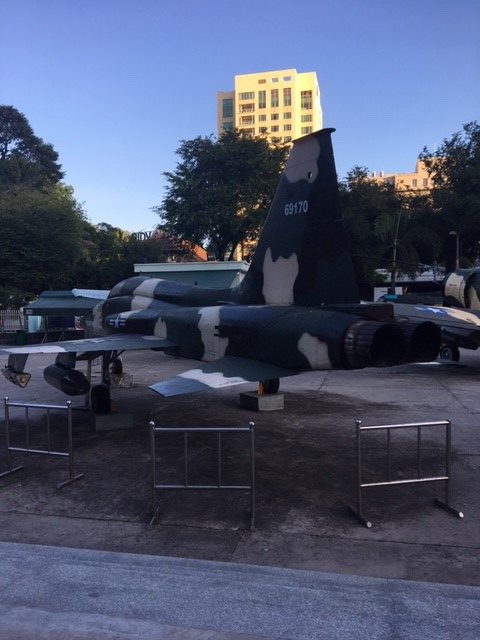
2. Vietnam History Museum – for all of you history buffs, this is where you can get a great snapshot of Vietnam’s rich history. The museum had wonderful pieces that included prehistoric artifacts, Champa statues (this was really the highlight for me), and many other interesting relics. The entrance fee was 30,000 VND per person ($1.30).
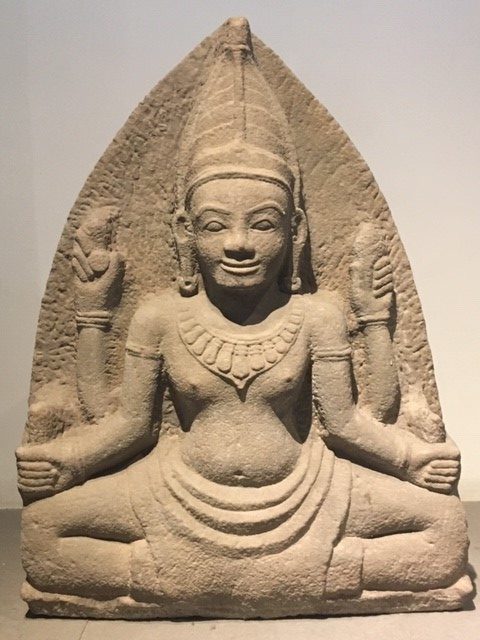
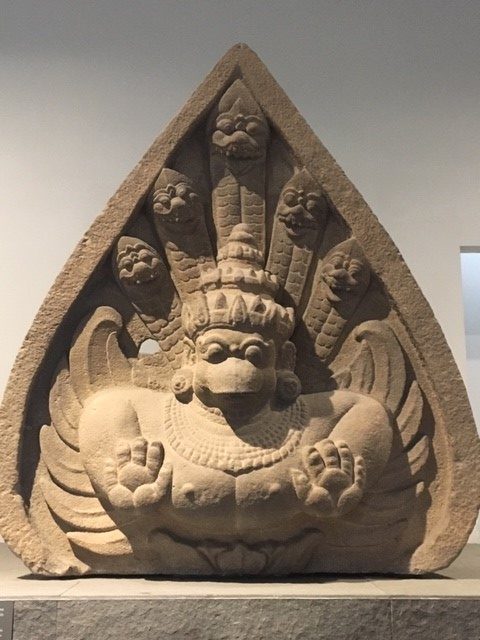
3. The Central Post Office – definitely worth a visit. It was built in the late 1800s and is based on the design of Gustave Eiffel (yep, the guy who designed the Eiffel Tower). It reminded me of a 20th century railway station in Europe. On the wall, there are paintings of two maps: one shows the telegraph lines that crisscross Vietnam and Cambodia and the other displays a map of the Saigon region in 1892. There is, of course, a large painting of Ho Chi Minh as well. It is still an active post office.
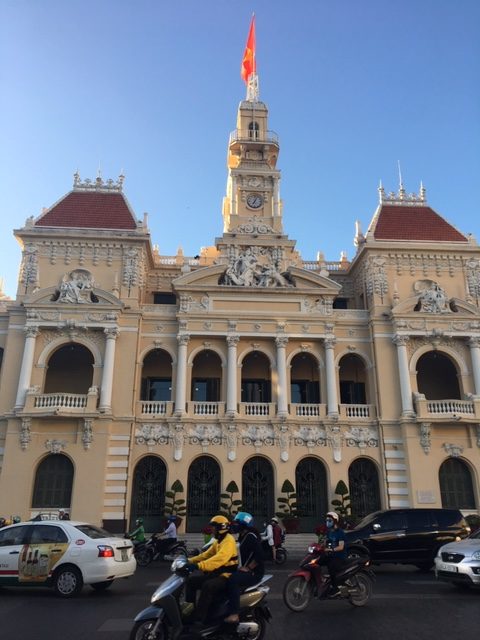
4. Notre Dame Cathedral – no, not the same one that is in Paris, and it pales in comparison. It was built between 1877 and 1883 by the French (remember, they colonized Vietnam) and was considered the most beautiful cathedral in the former French colonies. It is an active church and provides mass in both Vietnamese and English.
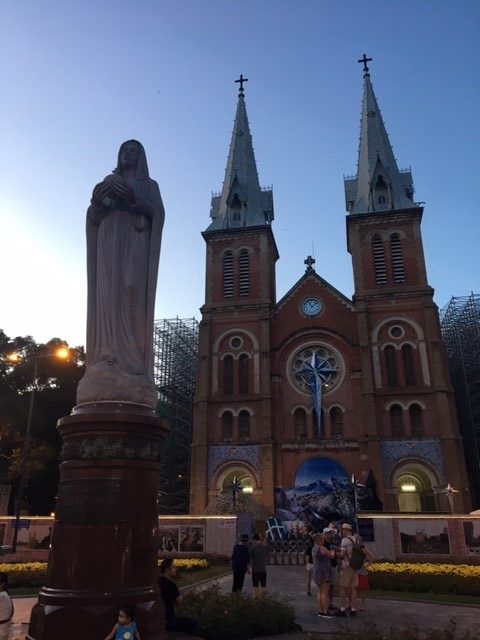
5. Bui Vien Walking Street – mosey down this street especially at night when you can check out the crazy side shows (like flame swallowers) and people watch while sipping on a drink at one of the many bars. I consider it the Khao San Road of Vietnam, and this is where many backpackers go to party.
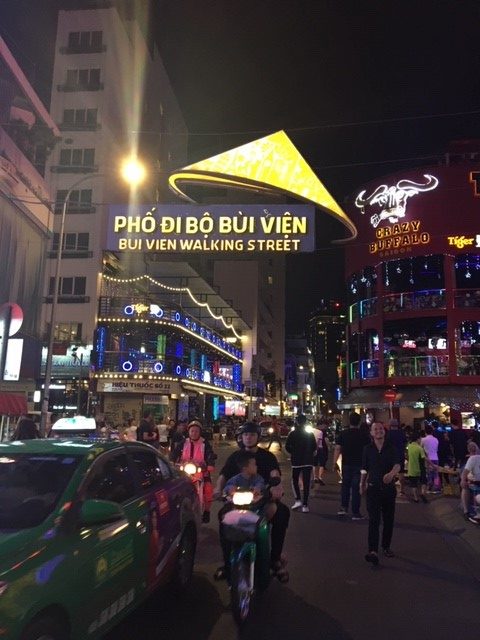
6. Duc Vong Hotel, The View Rooftop Bar – catch some rooftop views at their bar called The View. It is on Bui Vien and has great happy hour deals with a decent view of HCMC’s skyline. There are many other sky bars in HCMC, but they range in price. You can check out others like Chill SkyBar, Saigon Saigon Rooftop Bar, and Level 23 at the Sheraton, but they are more expensive.
7. Ben Thanh Market – was nothing special, honestly, particularly since we had already been to many indoor markets of its kind during our travels. The market sold everything from fake flowers to knock-off designer clothing. If you’re in search of a $20 Gucci bag or a tube of Colgate, this is your spot.
8. Saigon Center – if you need to do some shopping, there are many different shopping places in HCMC offering everything from real Versace to knock-off Versace. I needed to get some make-up replenished so I stopped by Saigon Center, which had everything I needed.
You can also see Independence Palace or take a day trip to see the Cu Chi Tunnels, which is a network of tunnels used during the Vietnam War. We decided to skip the Cu Chi Tunnels because we heard it was overrated. As for Independence Palace, you only need to walk past it.
Food and Beer
I feel as if I must talk about the craft beer in addition to the food this time because the city had a lot of great options. For some great reason, HCMC has a burgeoning craft beer culture.
Food
1. Pho Hung was recommended to us by the hostel, and it was a fantastic quick and cheap option for pho. There were about 30 different options of pho to choose from and the pho was delicious and the best I’ve had during my month in Vietnam.
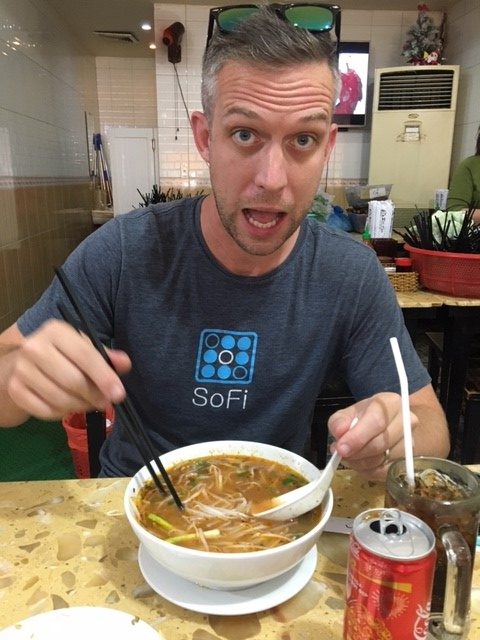
2. If you’re staying around Bui Vien and want some good breakfast, go to Góc Hà Nội-Little HaNoi Egg Coffee where you can get great avo toast (what can I say, I’m a millennial) and try egg coffee. Evidently during the war, condensed milk, which is often used in Vietnamese coffee, was very expensive so they used egg as a substitute. Not my favorite thing in the world, but worth a try.
3. We tried out L’Usine Café since it was near a lot of the main attractions and rated well. It was on the pricer side, but it had decent breakfast and coffee. It also had a trendy vibe with a cute store on the main floor.
4. Nonla Guys is one street over from Bui Vien. It is an Asian-Mexican restaurant that offered a nice twist to the usual Mexican food I’ve had. The restaurant was also filled with young backpackers, so the vibe was very social.
Beer
1. Heart of Darkness Craft Brewery for excellent beer and a great vibe. We didn’t get any food here because we were on a backpacker budget, but it looked good! In case you’re wondering, the beers are based off of the Heart of Darkness book by Joseph Conrad.
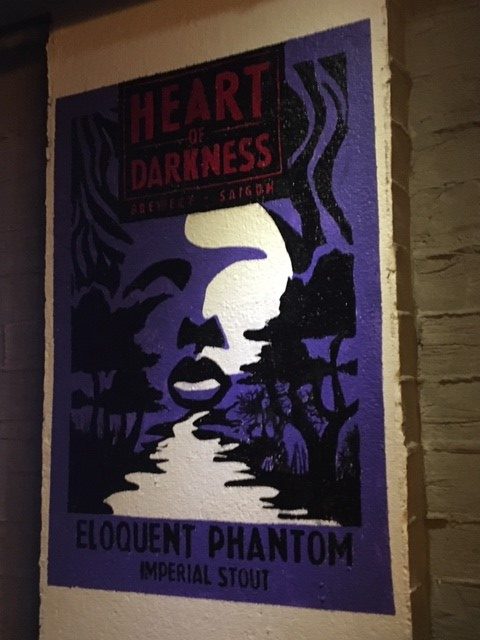
2. Rooster Beers near Bui Vien also had fantastic beers. We went there twice, and it was intimate enough that you could chat up your neighbors.
3. Ong Cao Craft Beer is on the main Bui Vien street. Had super friendly staff and of course, great beer.
4. East West Brewery was a very scene spot. We just had one beer there, but the food looked great and they offered discounted prices for lunch if you took a voucher on the way out.
5. BiaCraft was a nice pitstop on our walk to the Vietnam History museum. It had a huge selection of beer and ciders to choose from.
Our Key Takeaways and Tips
HCMC is Vietnam’s biggest city in the south. The city has a lot to offer, but it can be sensory overload. Spend only 2-3 days here before you get overwhelmed.
- Stay in District 1 since this is where all the touristy things are as well as the nightlife, shopping, and restaurants
- If you’re into craft beer, get your mug full here
- Grab a drink or two on one of HCMC’s many rooftop bars
- Go to Pho Hung for tasty, inexpensive pho. It’s the best I’ve ever had
